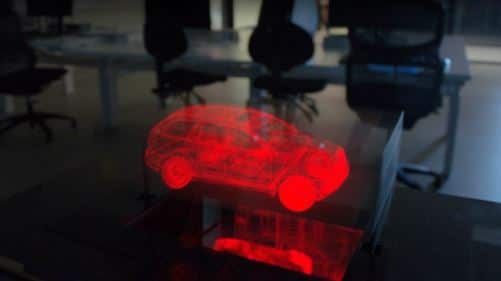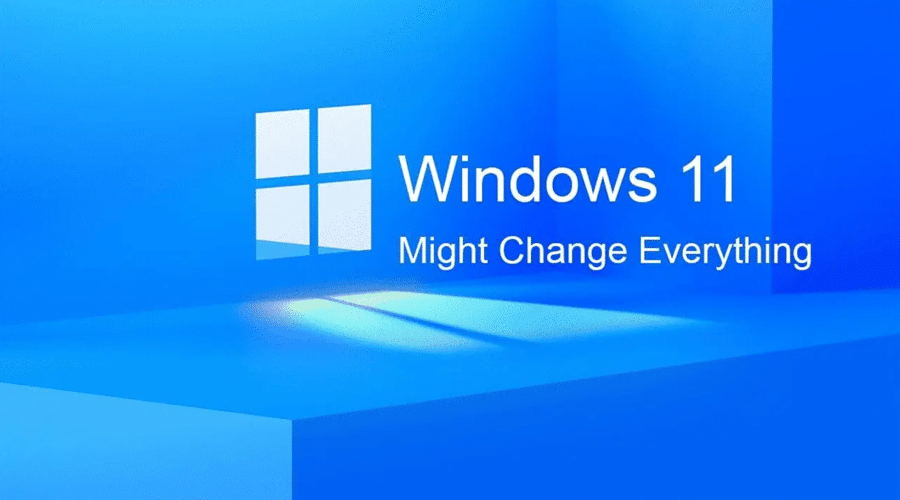Since its advent in 1893 by Jules Verne, Holograms have come a long way. Today when we see the incredible innovations of hologram technology, we feel nothing but awe. Research and revelations occur daily in the hologram technology and augmented reality industries, and we are not far from the day when there will be real holograms. Scientists and innovators use modern digital processors, lasers, and motion sensing technologies to create insane holograms that would blow away anyone’s mind. The enhancement of 3D holograms into 4D and even 5D is making never seen before image projections. Hologram technology is all set to change the whole course of the future.
Here are five insane and incredible hologram products to look out for
Contents
Pepper’s Ghost

Music lovers all around would be familiar with this hologram. It’s an illusion technology, which is quite old, but with the latest twist and design, this has been made outstanding. MDH Hologram Company, also self-proclaimed as the pioneers of digital resurrection, are the experts of a flexible hologram or photorealistic technology used at performance stages. It is so precise that it looks real; they have created holograms of Michael Jackson, Tupac, and even Narendra Modi, the Indian Prime minister. The technology uses full 3D CGI and high-end motion capture technology. They can create a human’s image from toe to head, projecting it to a barely visible and very thin glass pane.
The Laser Plasma Hologram By Aerial Burton

A name that has revolutionized hologram technology, Aerial Burton has invented a holographic projector that can create a 3D holographic image in midair using plasma laser. It was indeed a surprise that Hologram images required smoke, glass, or water to bounce the light until recently. Although it is in its initial developing stage, it has opened a whole new world in Hologram technology where no surface is needed for the light to bounce back. In this technology, the Aerial Burton team has used a 1KW infrared pulse laser to focus on air points. Here, the air molecules are ionized, creating a plasma with a 3D scanner’s help. It has indeed opened new dimensions to Hologram technology’s future.
Light Field Display Holograms

If, as a child, you have been to museums, then you must be familiar with these kinds of holograms. But with time, these too have evolved and become more and more advanced and innovative. Now scientists have created machines like the Holo player, which use LCD screen advancements giving 32 different views of an image to predetermined directions at equal time frames. This activity gives rise to light, which creates a scene of similar physical volume to the real one. When paired with a depth-sensing camera, the viewer can interact with the holographic image, just like they can interact with their touch screens or even a real object.
Holograms- Fan type

While visiting a theme park or at a huge event, you may have seen the prototype of this technology. These types of hologram can switch colors in milliseconds. The illusion occurs from RGB lights that merge with small propellers. These can create an image with a 3d effect when spun at accurate and monitored speeds. The Hypervsn Wall, a revolutionary new technology, has taken this technique to a new level. It has successfully created full 3D holographic HD images, which are over three meters tall and give an impression as if floating in thin air. The most incredible thing about this was that they had only used 65 watts of electric power.
The 3D Volumetric Technology

In all of the modern-day Holographic Technologies, this is probably the coolest. The volumetric holograms use the highly optimized volume supplying engine, and ultra-high-speed digital light engine projects nearly half a billion light points every second to a volumetric space. On a high- speed reciprocating screen, hundreds of an image’s cross-section project in a synchronized manner. When these light photons hit this screen, they get diffused and, as a result, create a cross-sectional physical image in the physical space at the correct place. Our eyes are tricked when seeing this optical illusion where all the layers blend into one 3D image in real-time. There is no need to wear any special 3D glasses for this, making it unique and exciting.
Conclusion
In the future, we are bound to see more holograms in our daily lives. It will be interesting to see the development of holographic technology and augmented reality and what businesses will adopt these types of technology. The holographic displays listed above are only a few of what this industry has to offer. The best way to create holograms is still to be determined, but hopefully, soon, consumers can have this technology in their homes.


